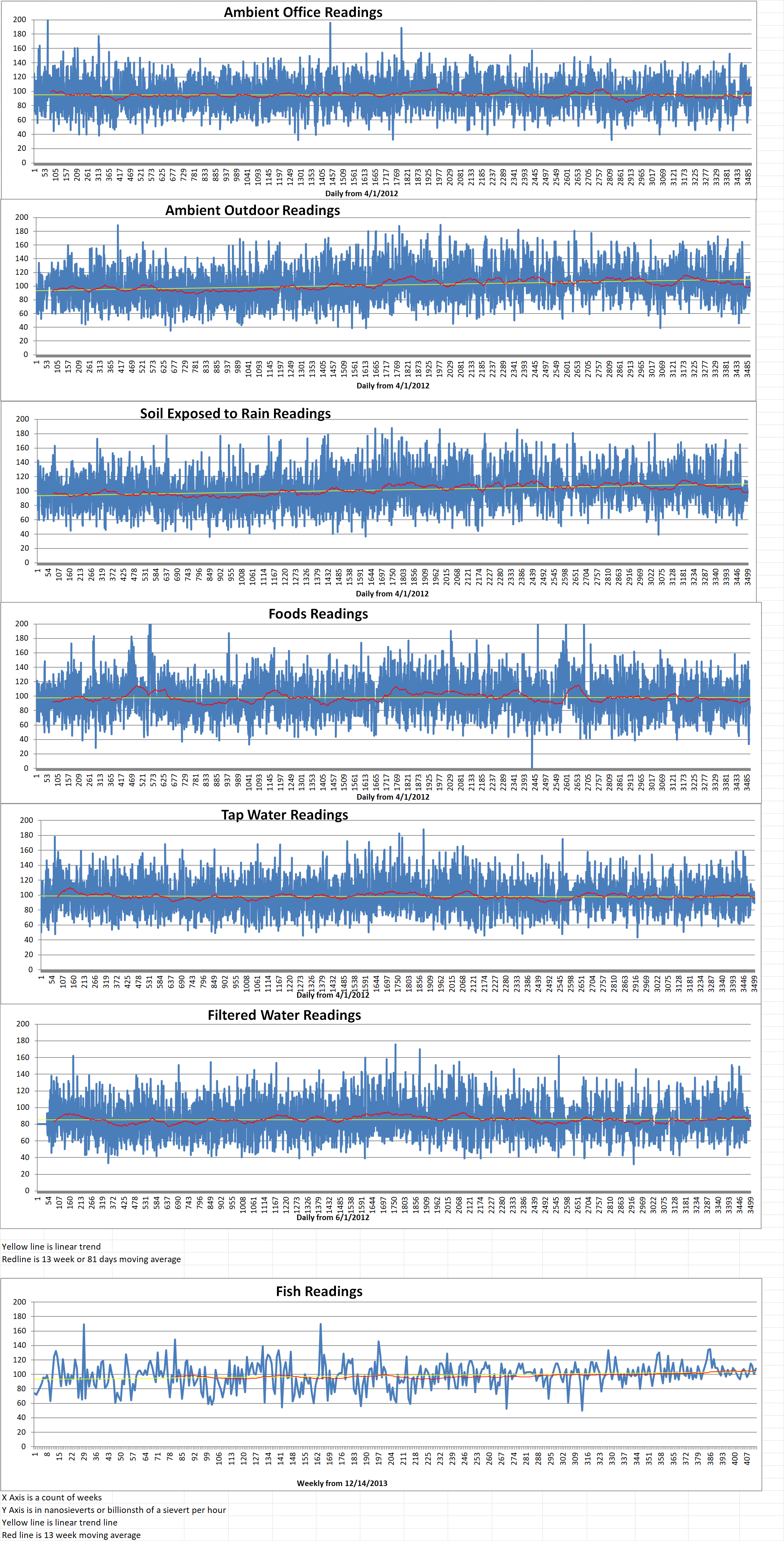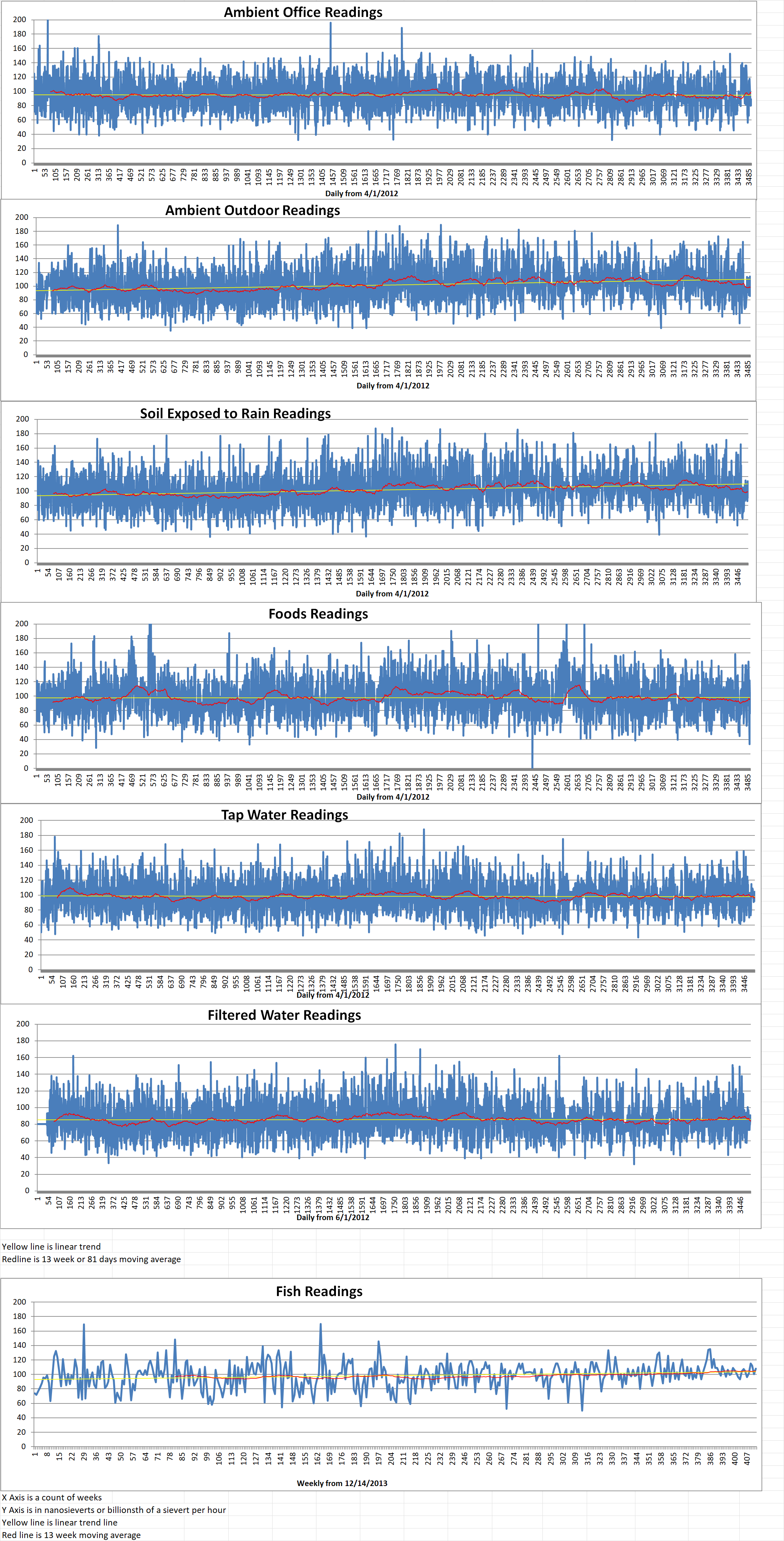Part 1 of 2 Parts
The U.S. nuclear industry made some major advancements in 2021 and that winning streak is expected to continue in 2022 with the implementation of the new Bipartisan Infrastructure Law. The Biden administration is investing billions of dollars in the current U.S. fleet of commercial nuclear power reactors and on new reactor designs that could be operational within the next ten years. Both the old and new nuclear technologies will play a critical tole in helping the U.S. achieve a net-zero energy economy by 2050. They are expected to hit some major milestones in 2022.
Here are the five most important U.S. nuclear power stories to watch in 2022.
1. The Bipartisan Infrastructure Law
The Bipartisan Infrastructure Law includes over sixty-two billion dollars for the U.S. Department of Energy (DoE) to help move the U.S. to a clean energy economy and that includes increased reliance on the biggest single source of clean power in the U.S. – nuclear energy.
Civil Nuclear Credits
The Bipartisan Infrastructure Law includes six billion dollars to start a Civil Nuclear Credit program. In this program, owners or operators of commercial nuclear power reactors can apply for certification and competitively bid on credits to help support their continued operation and avoid premature retirements due to financial hardship. DoE plans to ask for public feedback to help establish the new program. It could start awarding its first credits to the U.S. nuclear power plants as early as this fall.
Clean Hydrogen Production
The Bipartisan Infrastructure Law also allocates eight billion dollars to demonstrate regional clean hydrogen hubs. At least one hub will be dedicated to the production of hydrogen with nuclear energy. Initial selections could be awarded before the end of the year. DoE currently supports four clean hydrogen demonstration projects located at commercial nuclear power plants across the country. These four hubs are also part of the DoE’s Hydrogen Shot goal to reduce the cost of hydrogen to one dollar per one kilogram in one decade.
Advanced Reactors
Finally, the Bipartisan Infrastructure Law includes about two and a half billion dollars to support the demonstration of two advanced U.S. reactors by 2028. X-energy is planning to site its four-unit Xe-100 power plant at the Hanford Nuclear Reservation near Richland, Washington. TerraPower will capitalize on the existing infrastructure and workforce at a retiring coal facility in order to construct its Natrium reactor in Kemmerer, Wyoming. Both projects will be carried out under the supervision of the recently established Office of Clean Energy Demonstrations at the DoE as they continue to work on accelerated timelines.
2. Deploying New Reactors
Large Scale Reactors
The U.S. could soon add a new commercial reactor to the U.S. electricity grid. Unit 3 at Plant Vogtle is more than ninety complete in Waynesboro, Georgia and is scheduled to come online later this November. Georgia is building two AP-1000 reactors at Plant Vogtle. These will be the first new reactors to be built in the U.S. in more than thirty years. The DoE Loan Programs Office provided more than twelve billion dollars in loan guarantees to help complete the expansion project which will be the U.S.’s largest clean energy power plant. Unit 4 is scheduled to be online by 2023.
Please read Part 2 next







